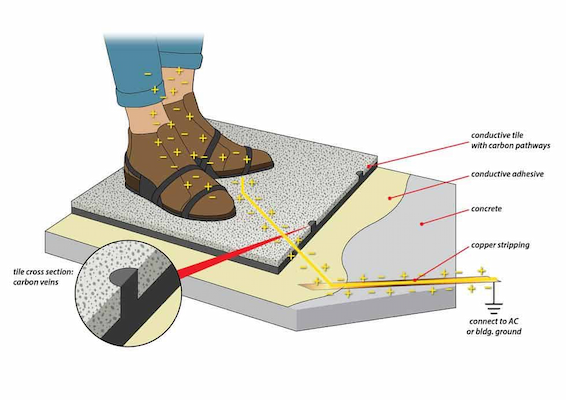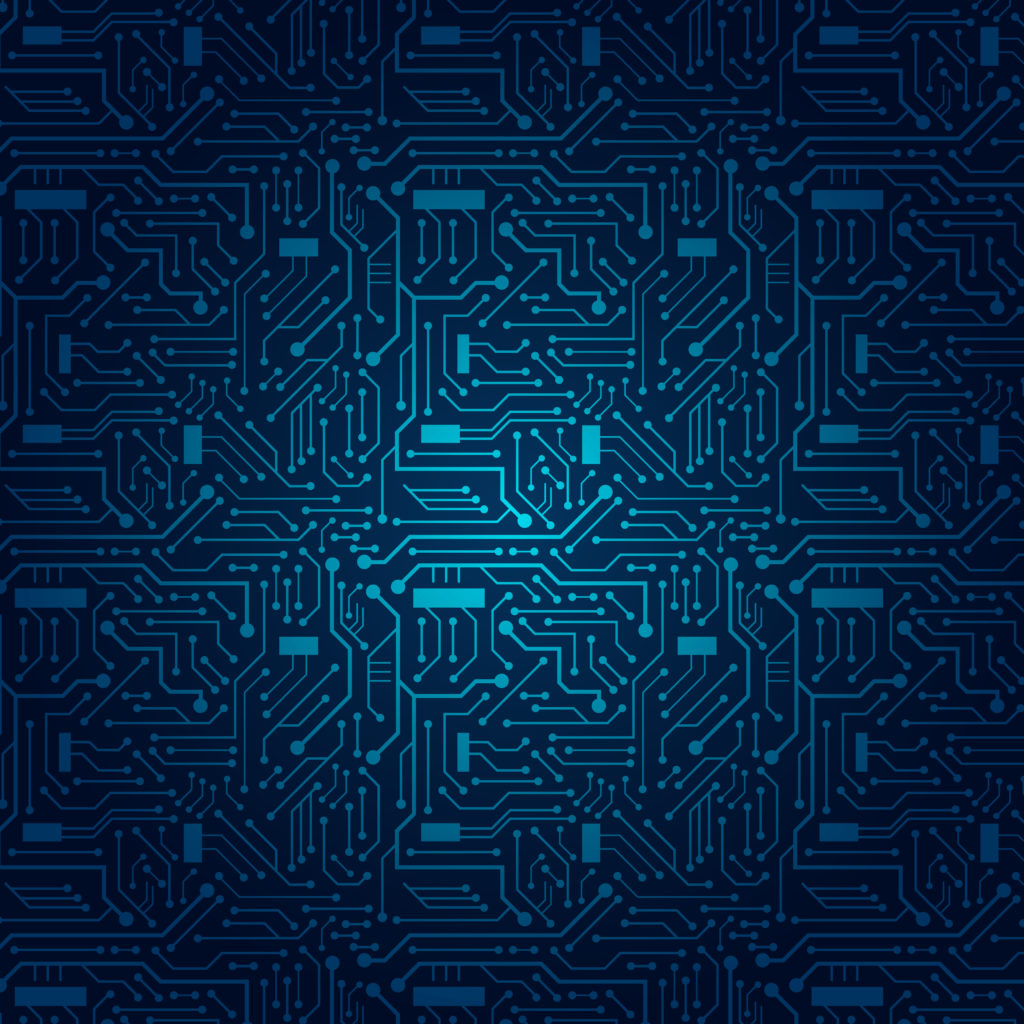There is nothing worse than spending money on manufacturing an electronic device only to learn that one of the parts is damaged.
The production of printed control boards (PCB) requires that the surrounding environment is safe from electrostatic discharges (ESD) as much as possible.
When you begin working with a new manufacturing company you need to ensure that they are creating your PCBs in an ESD-safe production environment. In order to do that you first need to know what ESD is.
Let’s start with the basics.
What is ESD?
An electric current discharged between objects with varying charges, creating an electromagnetic buildup. Static electricity and electrostatic induction are the main causes of ESD.
When one material rubs against another and then separates it releases an electrical discharge such as a spark. You have probably experienced this when you slide your feet on carpet or when you rub a balloon on your hair.

This electrical spark can cause damage to sensitive electrical components like a PCB.
Why
4 Steps to Accomplish an ESD-Safe Production Environment
An ESD of as little as 30 volts can cause damage to electronic components in a PCB during its production, storage, and/or shipping stages. When you consider that the average ESD you feel when walking across a carpet contains about 3000 volts, it doesn’t take much to hurt a circuit board.
This is why it’s imperative to take the following steps to ensure that the cleanroom where the PCBs are made is an ESD-safe working environment.
1. Put Down ESD-Resistant Flooring
The working space needs to be free of things that can cause ESD releases to occur. This means the flooring has to be ESD-safe. Remove carpeting and replace it with anti-static materials like static dissipative tiles (SDT) for the floor.
The tiles typically have a 4-layered structure:

The base layer is made with a static dissipative adhesive to affix the tile to the sub-flooring.
On top of the base layer, is another one made of conductive metals like copper strips.
The third layer of the SDT is typically made out of plastic because of its conductive ability. Some tiles have added bits of carbon graphite, aluminum flakes, carbon fiber, and other conductive materials to increase the conductivity of the tiles.
The fourth layer is often an anti-static acrylic floor polish to cover the tiles. This flooring system takes an electrical charge that gets created by something or someone moving over the floor. Since an electrical charge will follow the path of least resistance, it will flow from the top of the floor down through the adhesive. There it gets grounded and dissipates.
When using flooring mats at workstations ensure matting has a material like conductive carbon fibers. This will disperse the electrical charge from the mat to the SDT tiles under it.
2. Provide Protective Clothing
To keep the room ESD safe when making printed circuit boards, regulate the clothing people wear in the clean room. Workers should be wearing shoes with static dissipating soles that meet the ESD-compliance guidelines. On the side of the shoes, the letters “SD” identify compliancy.
Regular clothing often builds up electricity that can lead to an ESD. When entering a cleanroom dress in clothing made with electrically conductive textiles. The clothing incorporates metal strands mixed with other materials like cotton to make cloth for the clothing. Protecting hands with ESD-safe gloves is also important to minimize the risk of discharge.
A worker should also be “grounded” when working in a cleanroom. This is achieved by having the workers wear grounding wristbands. The wristband moves an electrical charge from the person to the ground where it dissipates.
3. Use ESD-Safe Tools
Tools used in the cleanroom should have a double-layered grip made out of a material like polyethylene. This minimizes the movement of an electrical charge from a worker to the electronic device she is working on. Plug your electronics tools into a properly grounded outlet before using them.
4. Control the Atmosphere
Controlling the atmospheric conditions in the cleanroom is also important to reduce the chances of an ESD event. You can use Ionization machines to control the electrical charges in the atmosphere. The machine uses a fan to pull the air in the cleanroom into it.
As the air passes through the ionizer, it electrically charges the positive and negative ions connected to the air molecules. The ions spread out into the room and bond to their positive and negative ion counterparts on workbenches, clothing, and other things. This provides an electronically-charged balanced workspace that minimizes the probability an ESD event will occur.
Work With Hallmark Nameplate, An ESD-Safe Manufacturer
If you have any questions about ESD and how Hallmark maintains an ESD-Safe environment to protect the printed circuit boards we make, just give us a call. We have seasoned personnel who can answer any questions you may have about printed circuit boards and our ESD-Safe environment.




